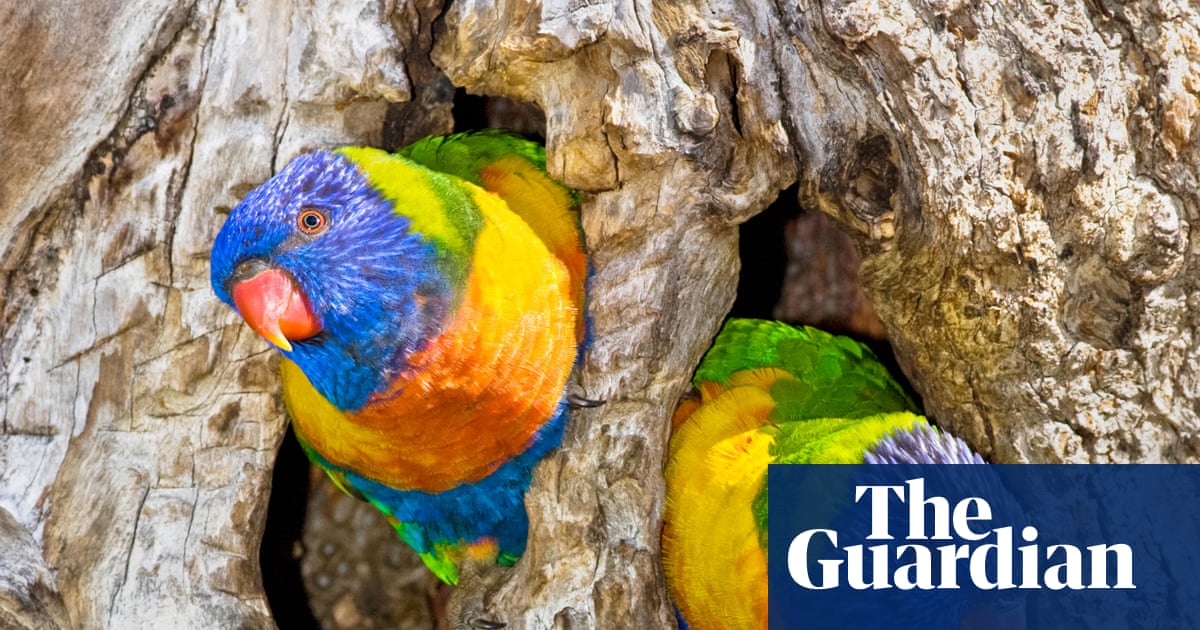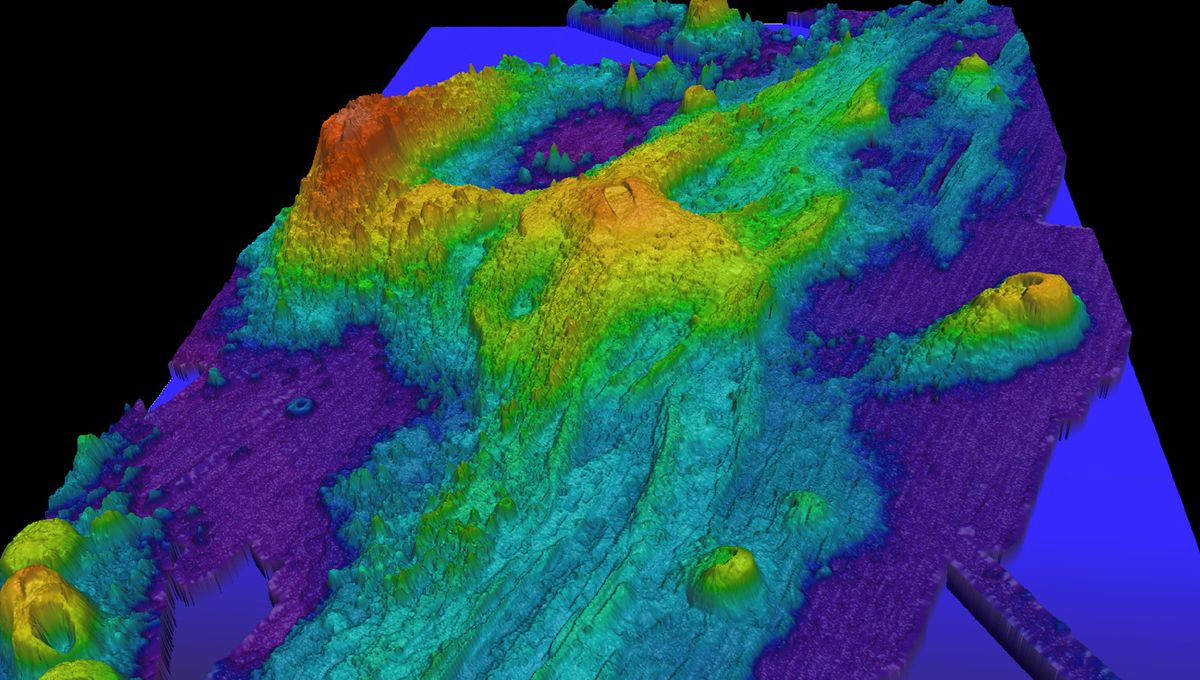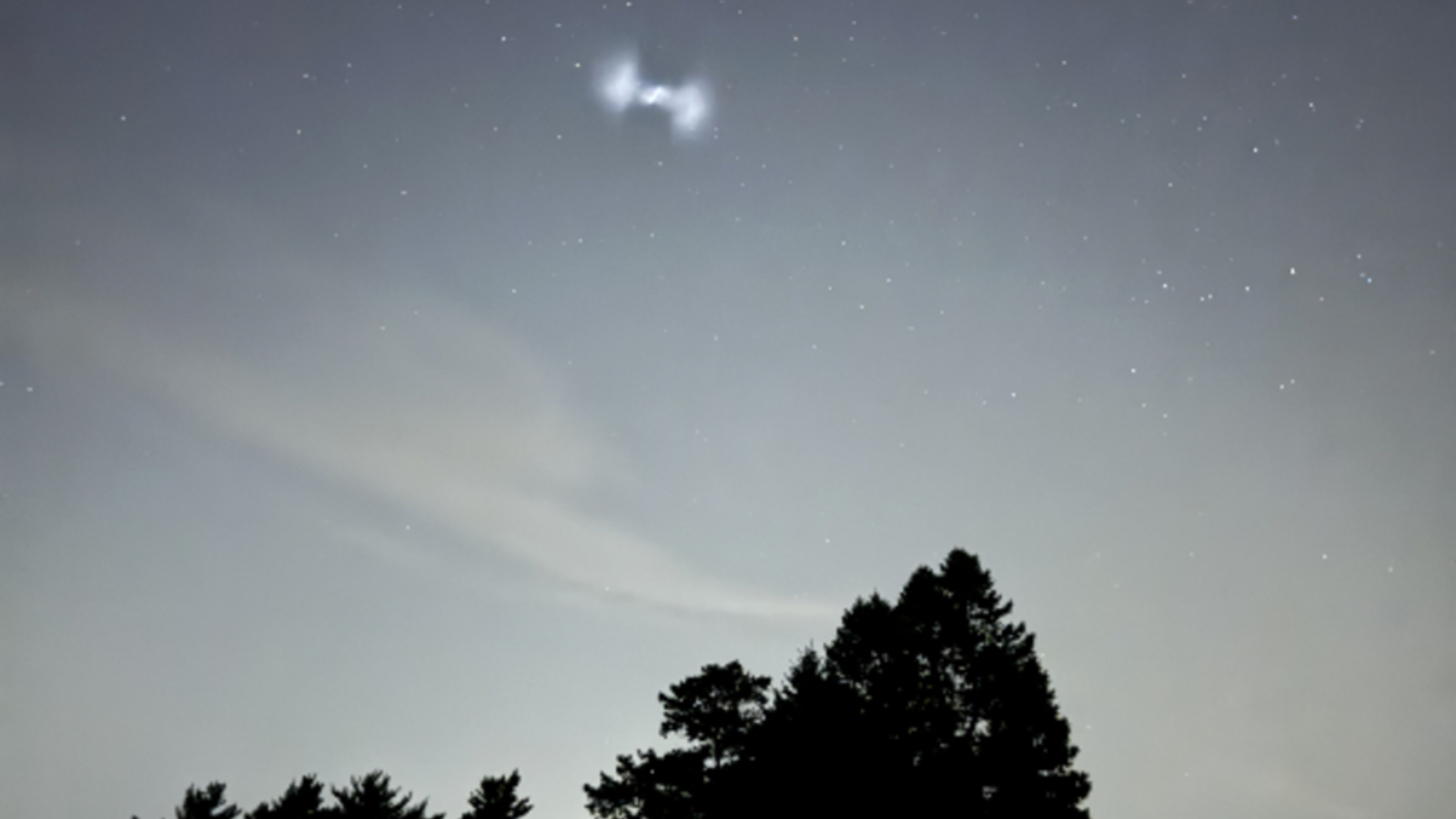Shocking Discovery: 5% of Australian Birds May Be Living a Lie! 🐦💔

Imagine a world where sex isn’t just black and white, but can flip on its head. A groundbreaking study reveals that around 5% of common Australian wild birds, including kookaburras and lorikeets, may have undergone a surprising 'sex reversal'—where their genetic sex doesn't align with their reproductive organs. This startling revelation raises eyebrows and questions about the implications for wildlife, as scientists dive deeper into this perplexing phenomenon.
The research, thought to be the first of its kind to uncover widespread sex reversal in multiple wild bird species, has left the scientific community buzzing with curiosity. However, the cause of this phenomenon remains shrouded in mystery. Could it be environmental factors, or perhaps the influence of chemicals disrupting hormones? As we delve into this study, we uncover more than just scientific findings; we explore the potential risks to the bird population.
Researchers conducted tests on 480 birds from five common species that had tragically succumbed after being treated at wildlife hospitals in south-east Queensland. To determine their genetic sex, the team utilized a DNA test, revealing that male birds possess a pair of Z chromosomes, while females have one Z and one W chromosome.
Yet, upon dissecting these birds, they discovered a surprising mismatch between the DNA test results and the actual reproductive organs in 24 of them. Associate Professor Dominique Potvin, a co-author of the research at the University of the Sunshine Coast, expressed her initial skepticism, saying, “I was thinking, is this right? So we rechecked, and rechecked and rechecked. And then we were thinking, ‘oh my God’.” Her astonishment was echoed by ornithologist colleagues, who were left mind-blown by the findings.
Almost all of the 'sex discordant' birds were genetically female but possessed male reproductive organs. The research, published in the Royal Society journal Biology Letters, found intriguing cases, such as a kookaburra, genetically male, with a stretched oviduct indicating recent egg production. In another example, two genetically female crested pigeons displayed both testicular and ovarian structures.
Among the birds tested were rainbow lorikeets, scaly-breasted lorikeets, and Australian magpies, with the lowest ratio of sex reversal at 3% found in Australian magpies, whereas the highest was a staggering 6.3% in crested pigeons.
Dr. Clancy Hall, the study's lead author, cautioned that these sex-reversed birds could significantly impact reproductive success and raise alarms about endangered species. She emphasized, “This can lead to skewed sex ratios, reduced population sizes, altered mate preferences, and even population decline.” It paints a grim picture for the vitality of avian populations in an already fragile ecosystem.
Though the causes of these sex reversals remain elusive, one potential factor could be exposure to environmental chemicals. Known as endocrine-disrupting chemicals (EDCs), these substances have been shown to affect hormone levels in animals, and their presence could play a crucial role in these sex discrepancies. The phenomenon isn’t isolated to birds; it’s been documented in various species including molluscs, fish, amphibians, and reptiles.
Professor Kate Buchanan, an expert in evolutionary biology at Deakin University, noted that the default sex of birds is female, which explains the higher instances of female-to-male sex reversals. She suspects that environmental chemicals might be the likely culprits behind this masculinization.
While some researchers explore natural causes, like temperature changes triggering sex reversal in reptiles, Dr. Clare Holleley, who studies lizards at CSIRO, emphasizes that the current situation likely indicates a more complex issue involving human influence.
Dr. Golo Maurer, Director of Conservation Strategy at BirdLife Australia, believes this research will send ripples through the ornithological community. The intersection of EDCs with ongoing crises such as climate change, habitat destruction, and plastic pollution presents a dire scenario for avian species. However, experts caution against generalizing these results, as the birds studied were not a random sampling but rather those admitted to hospitals.

























